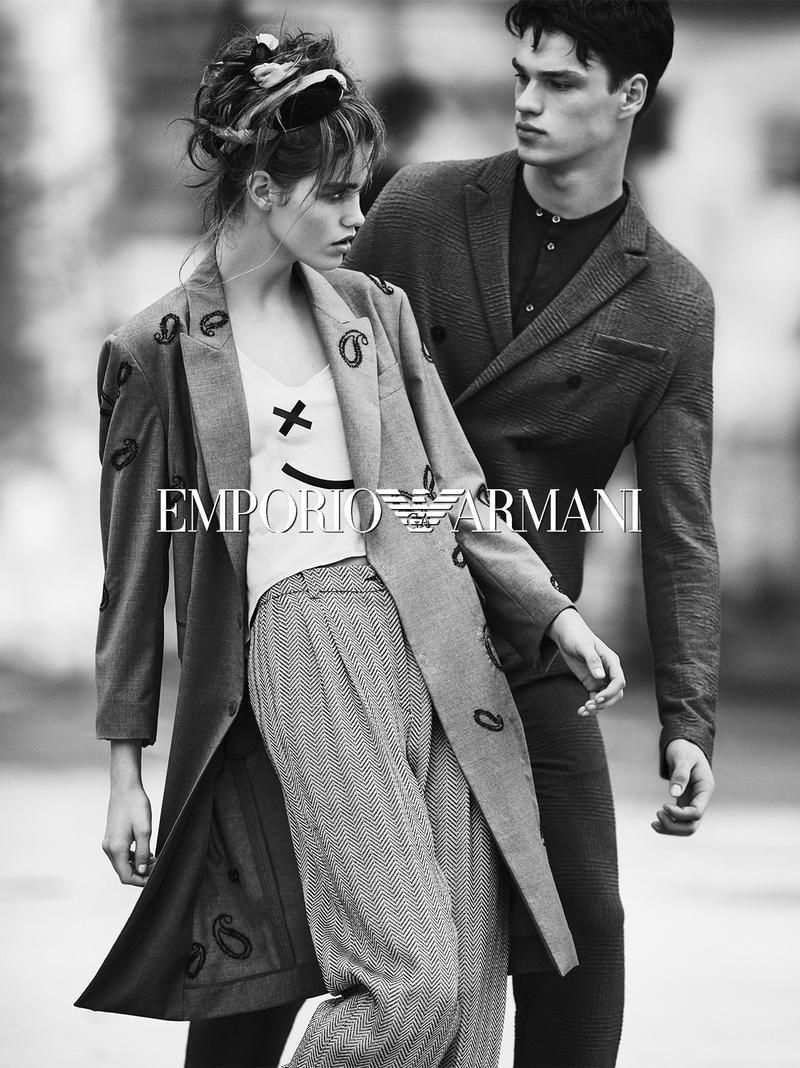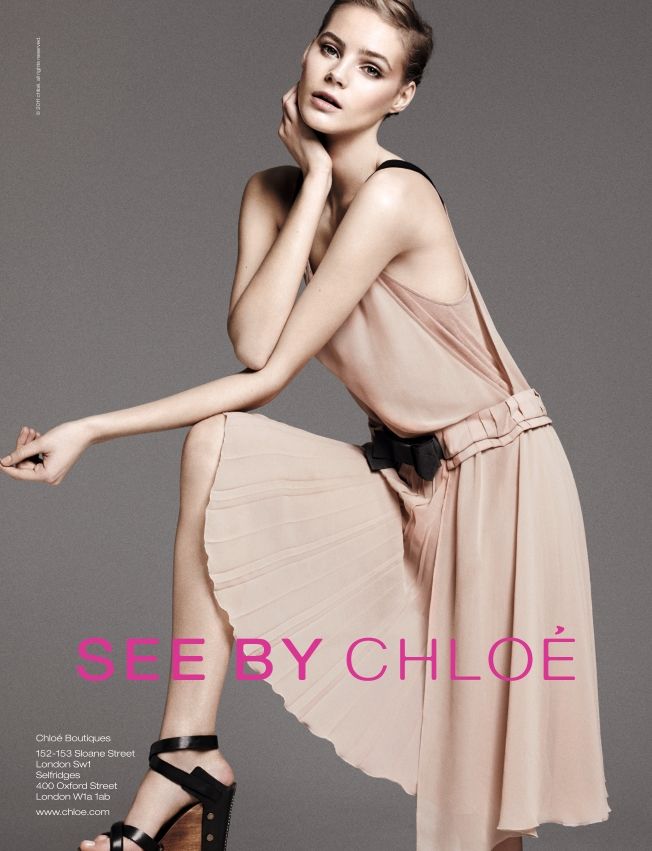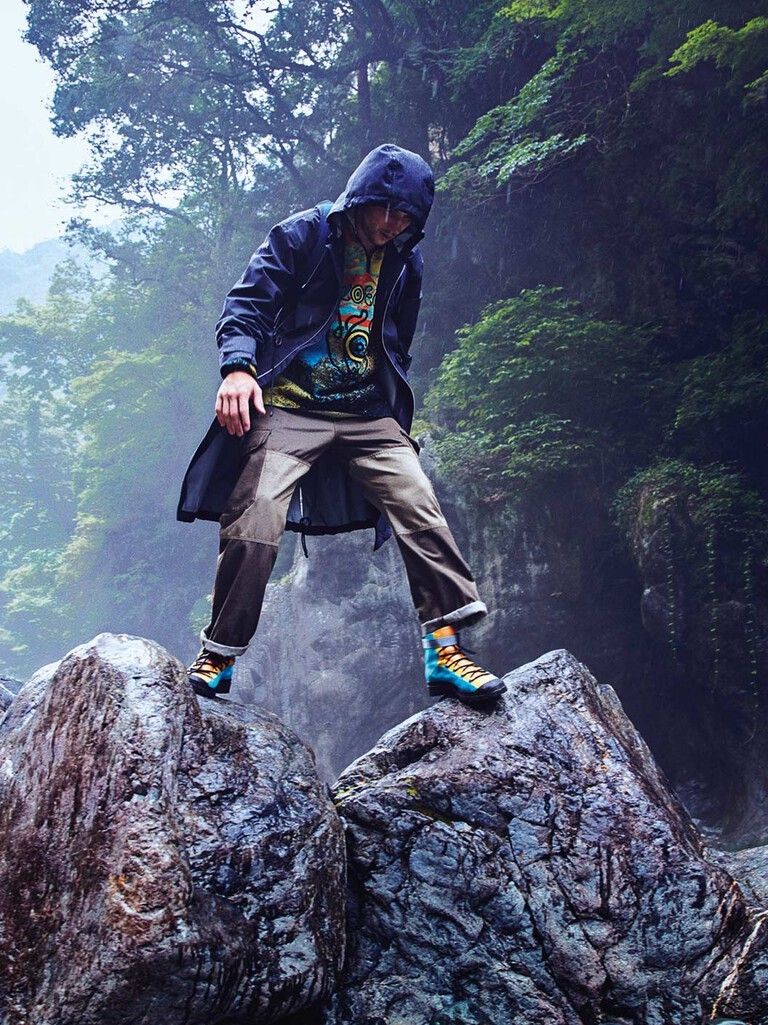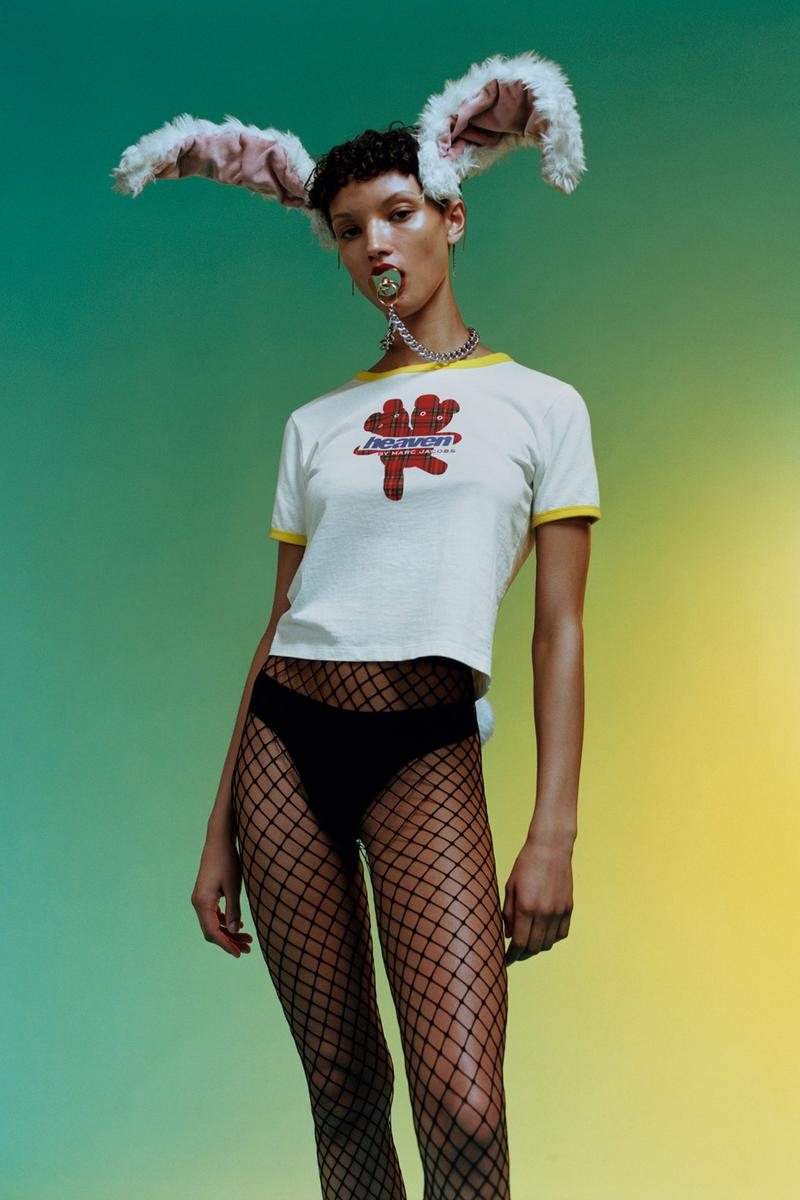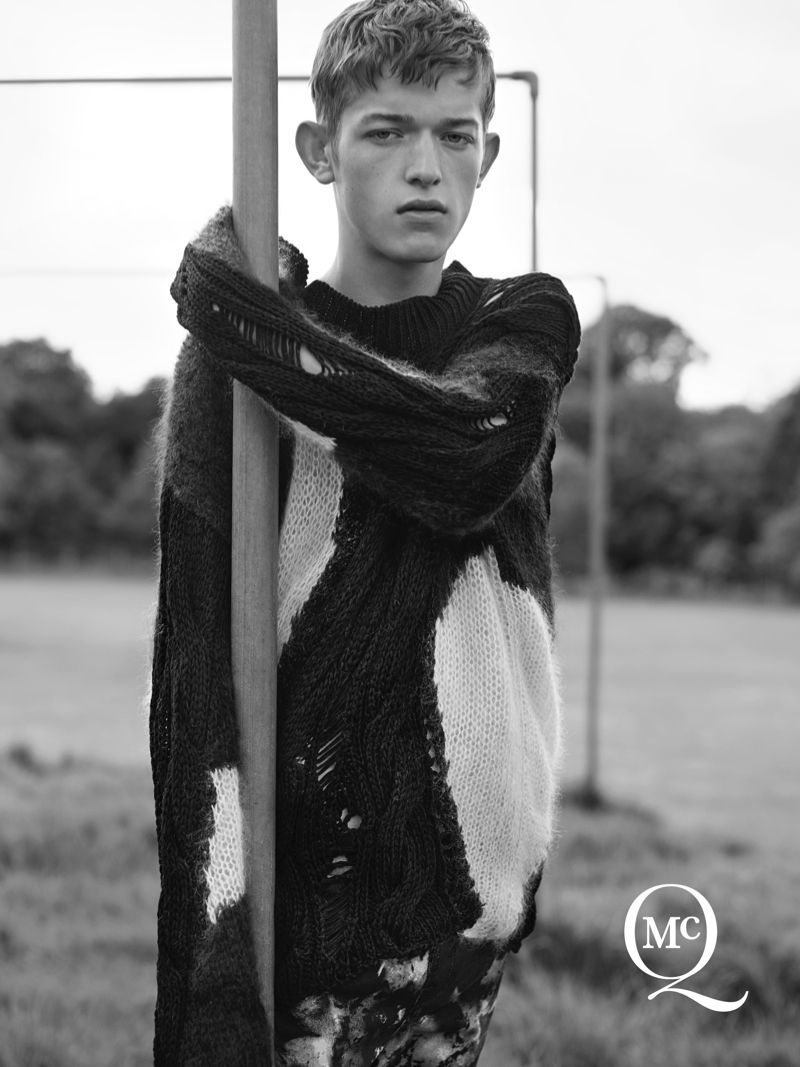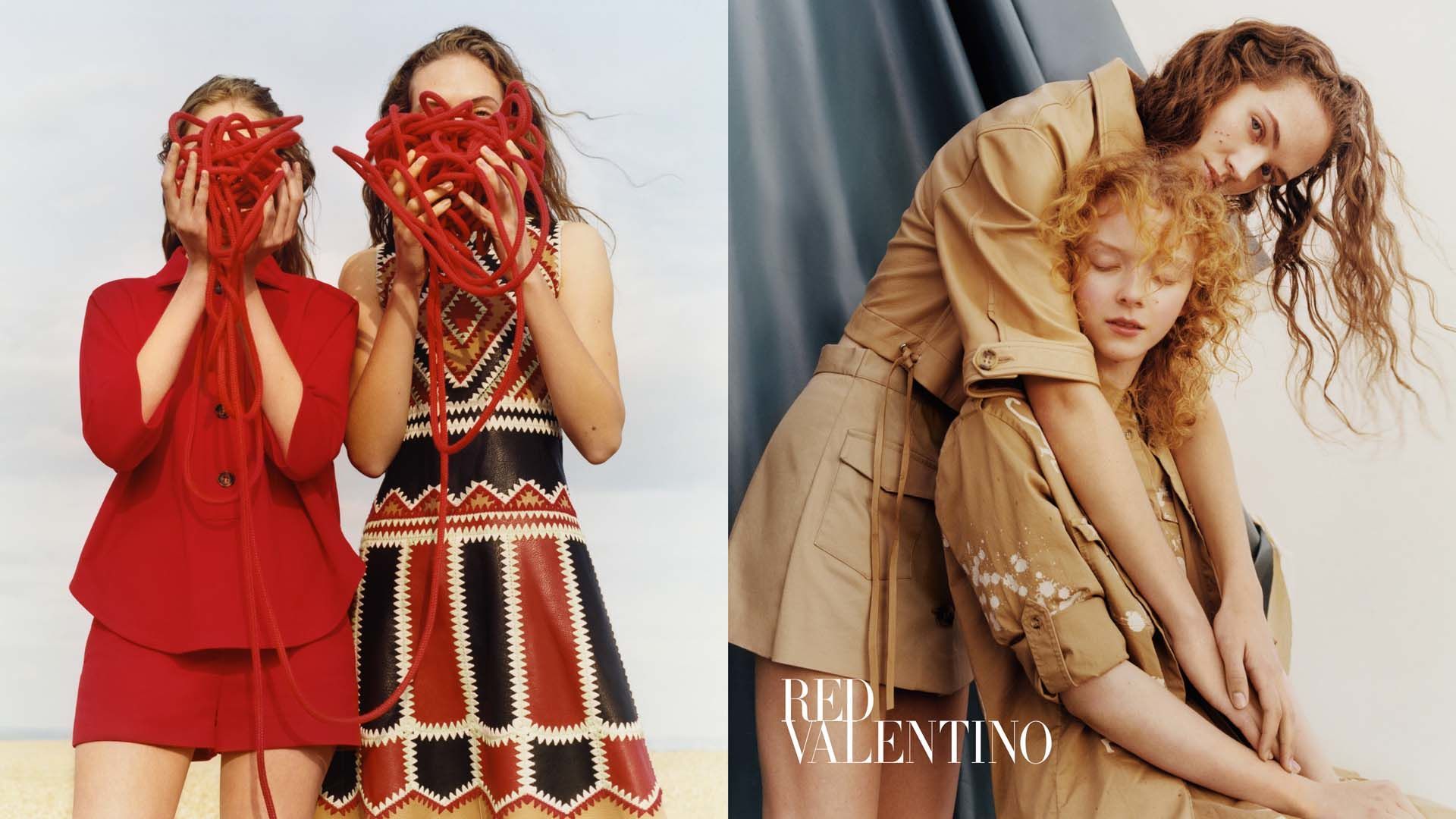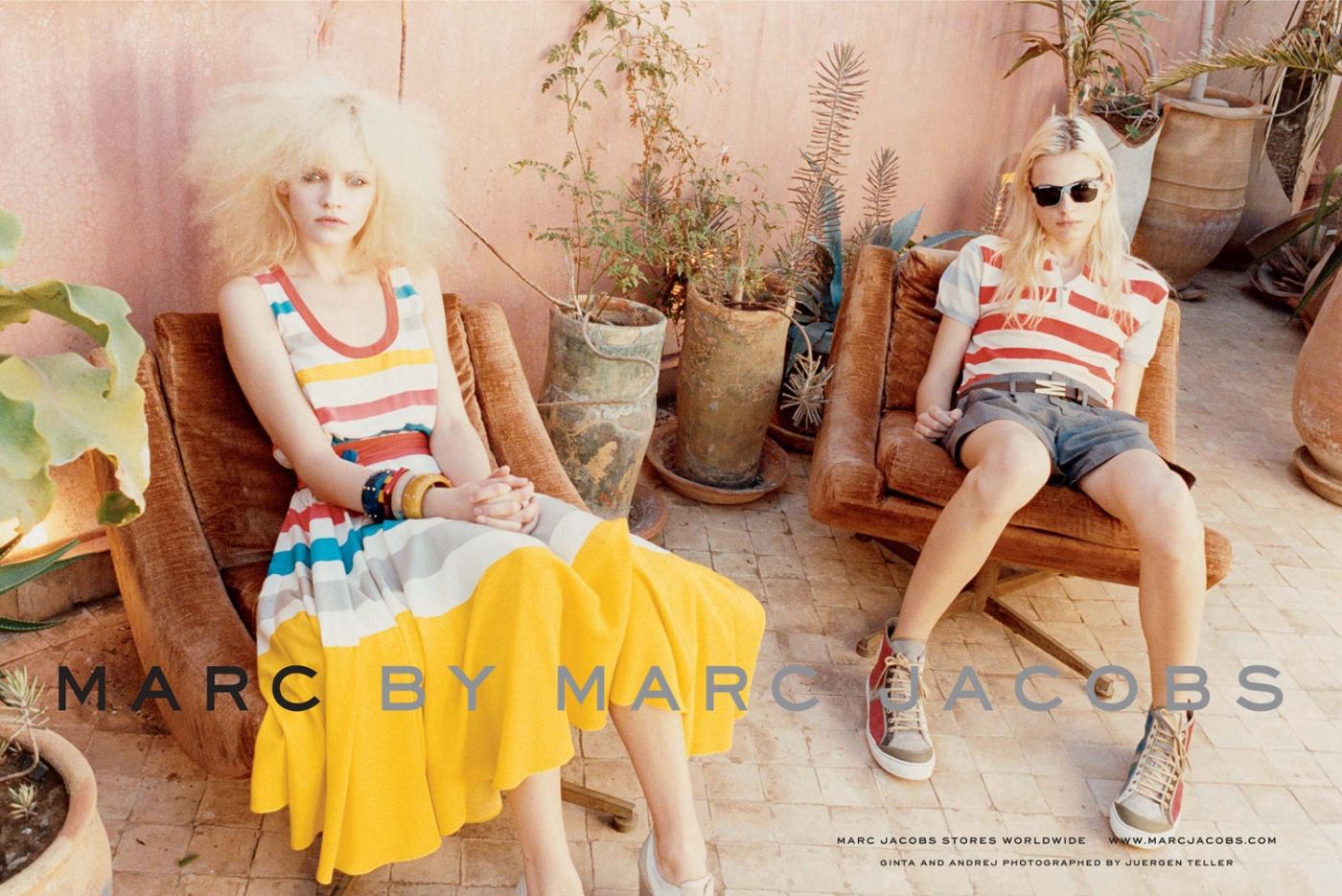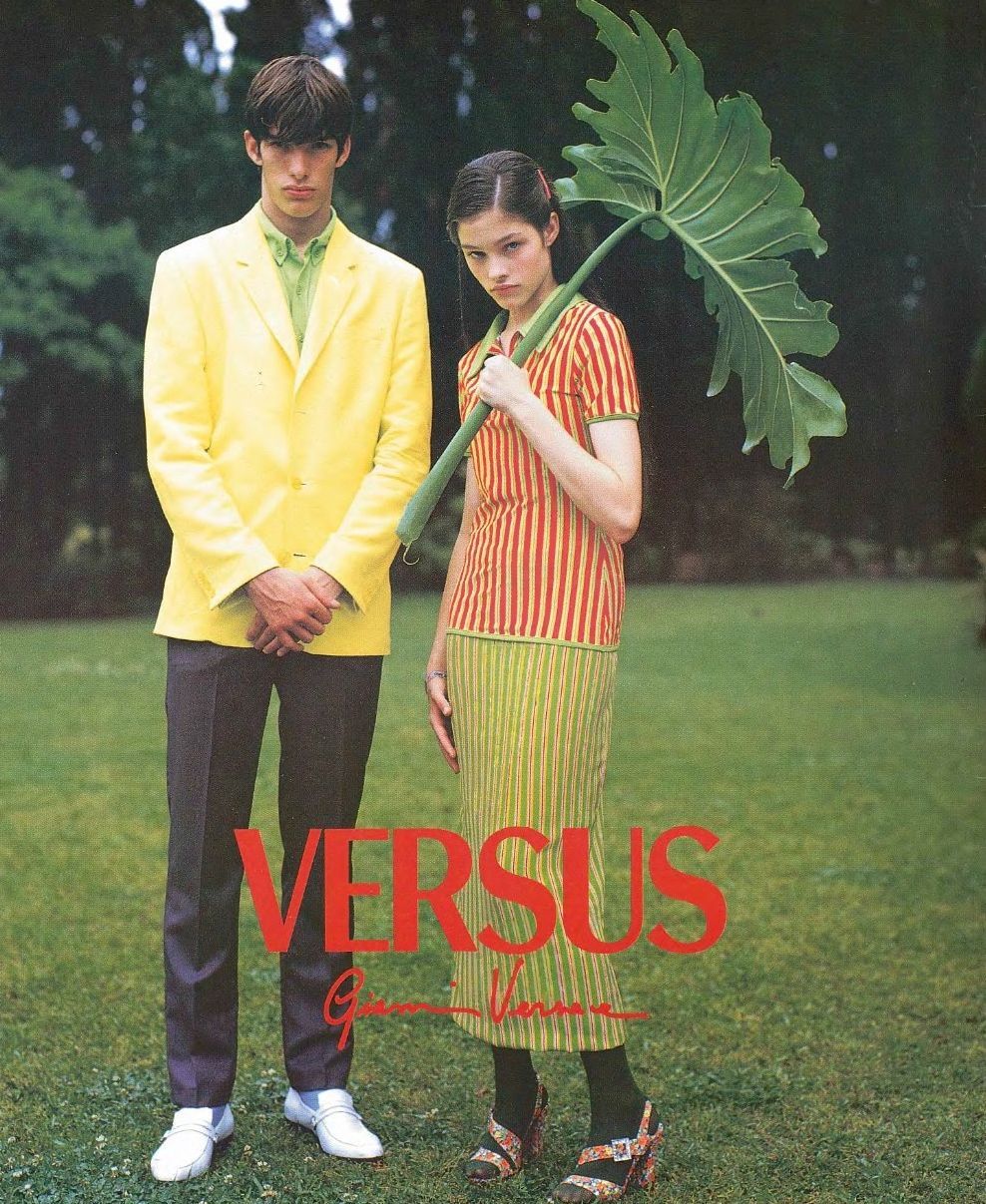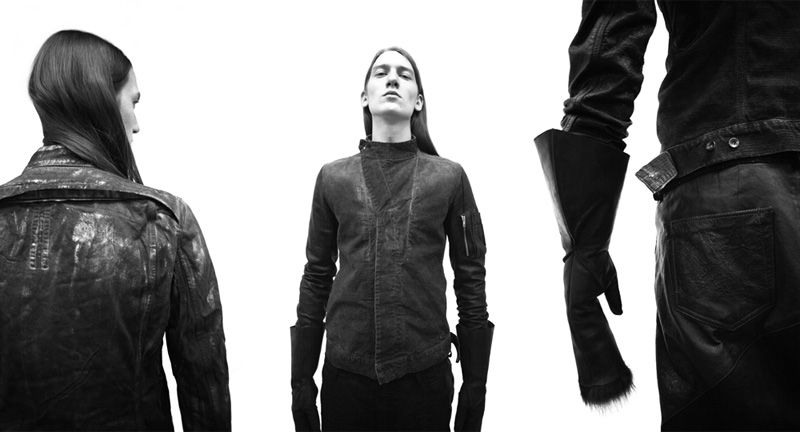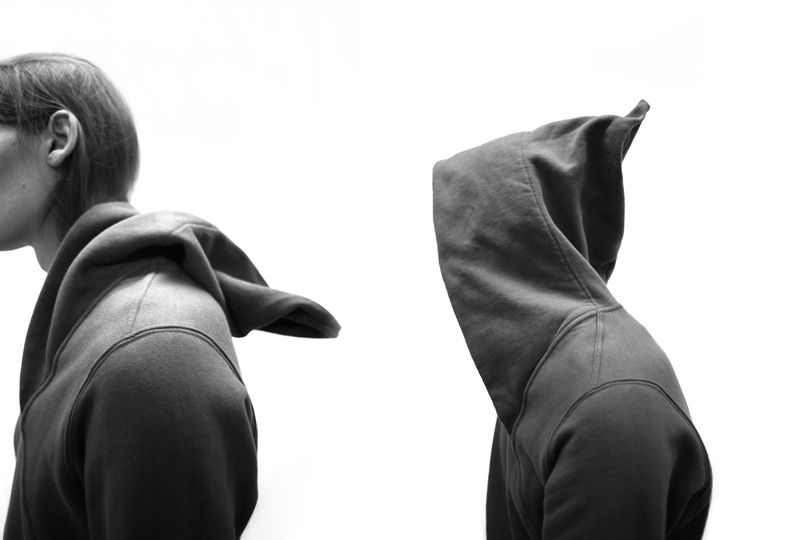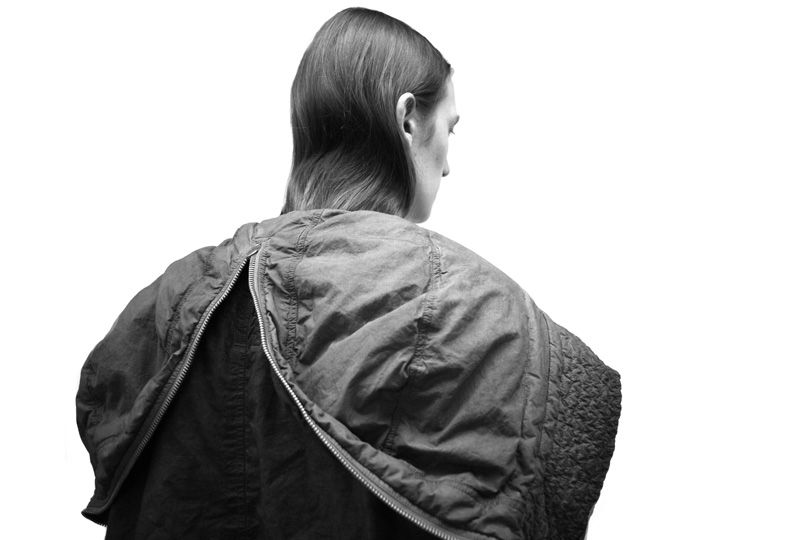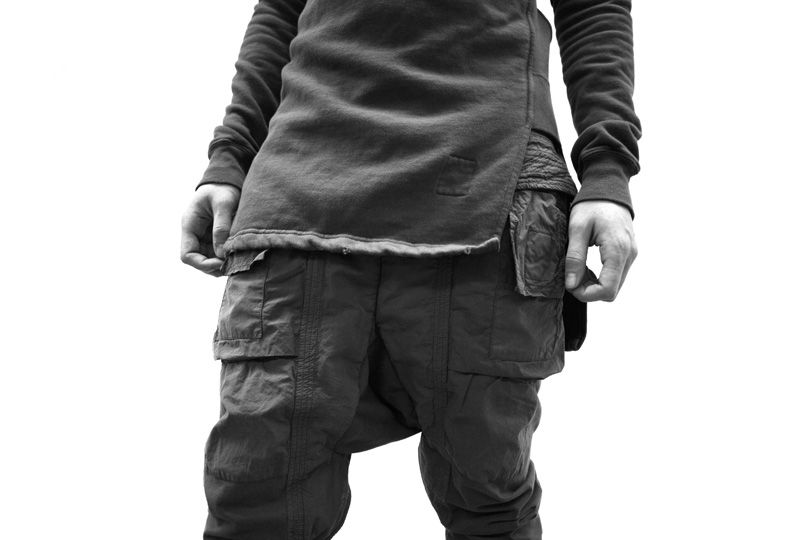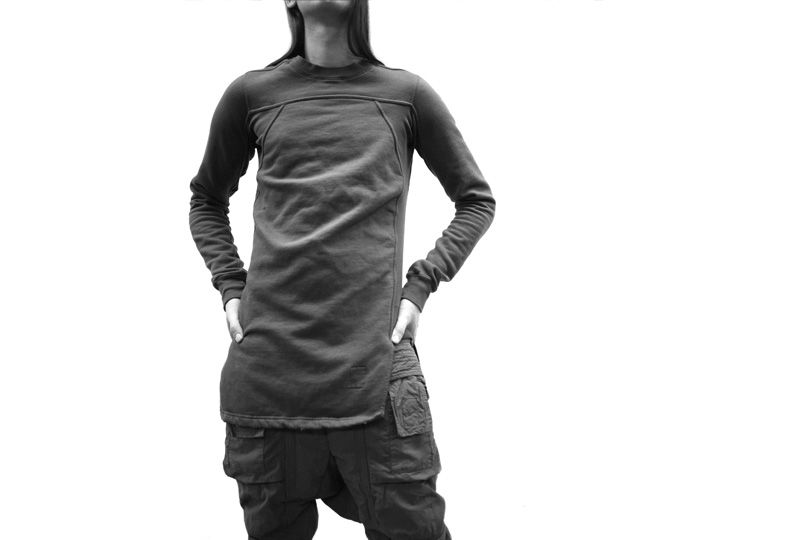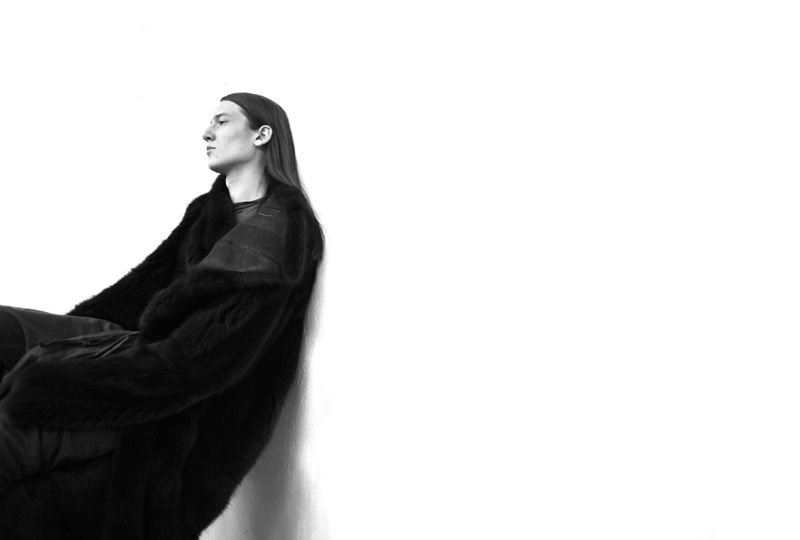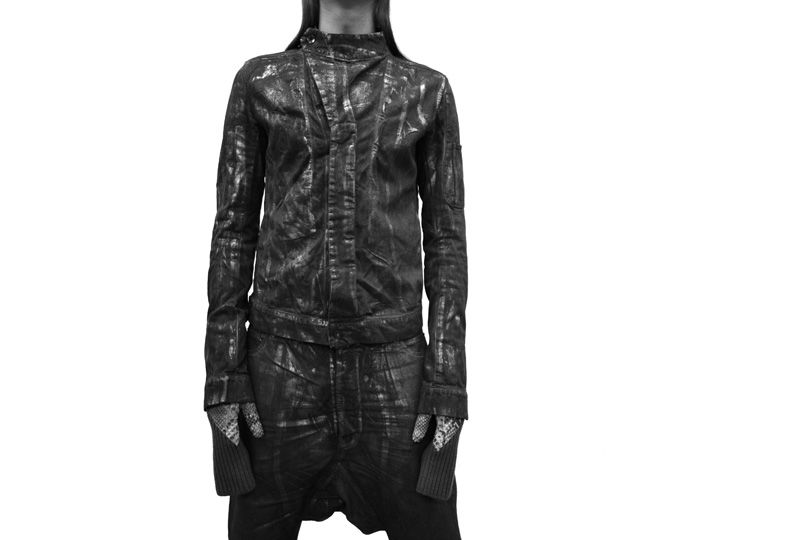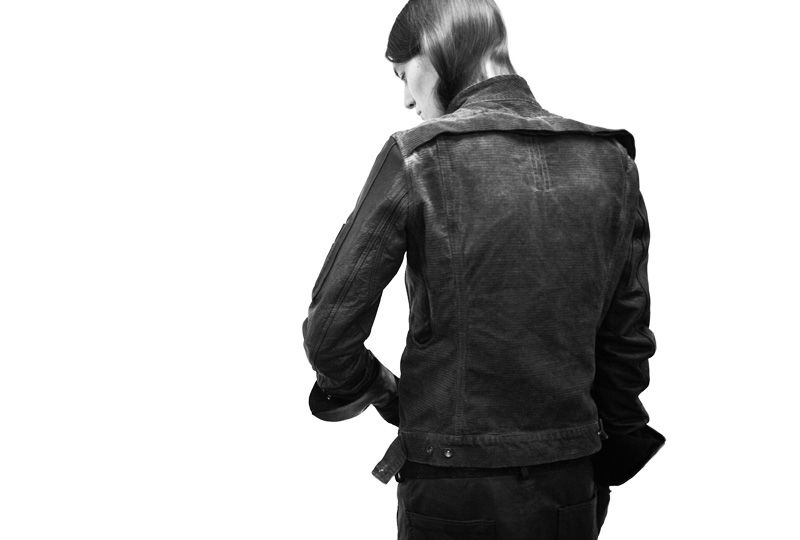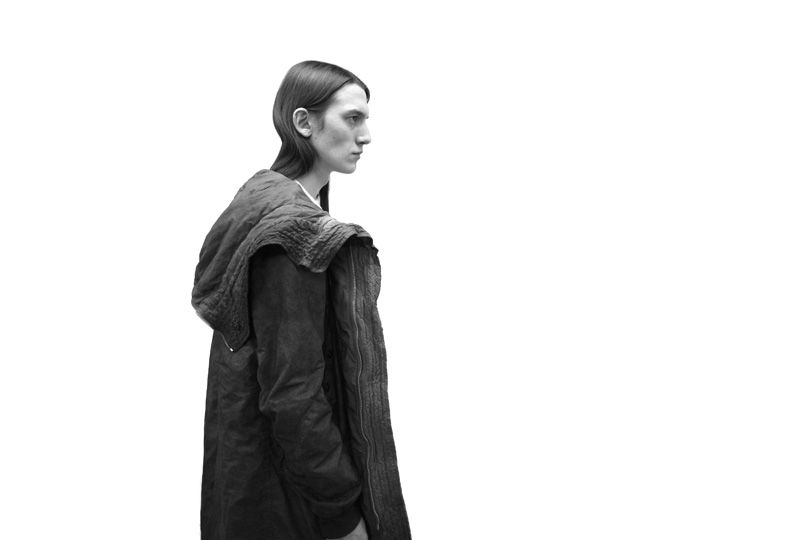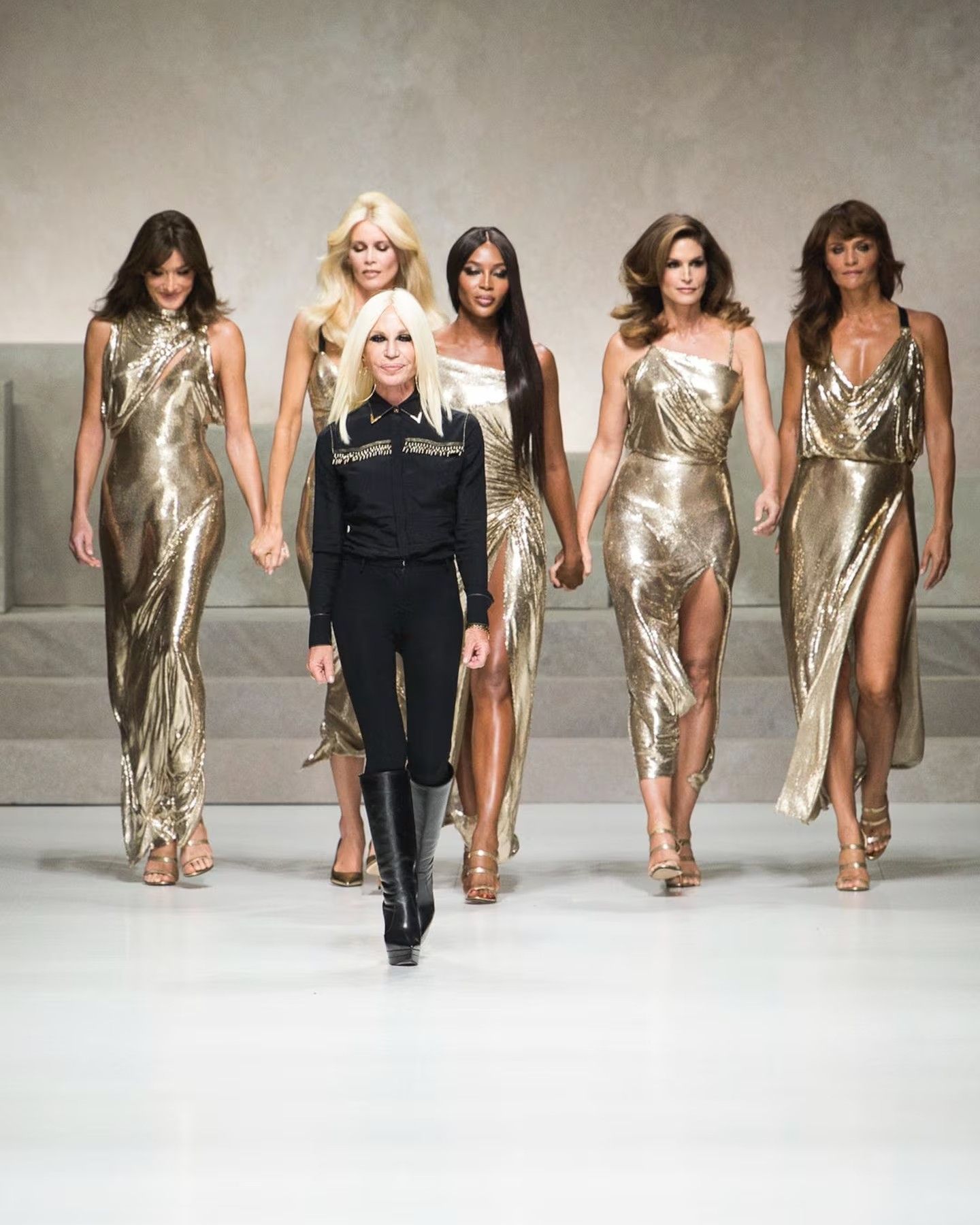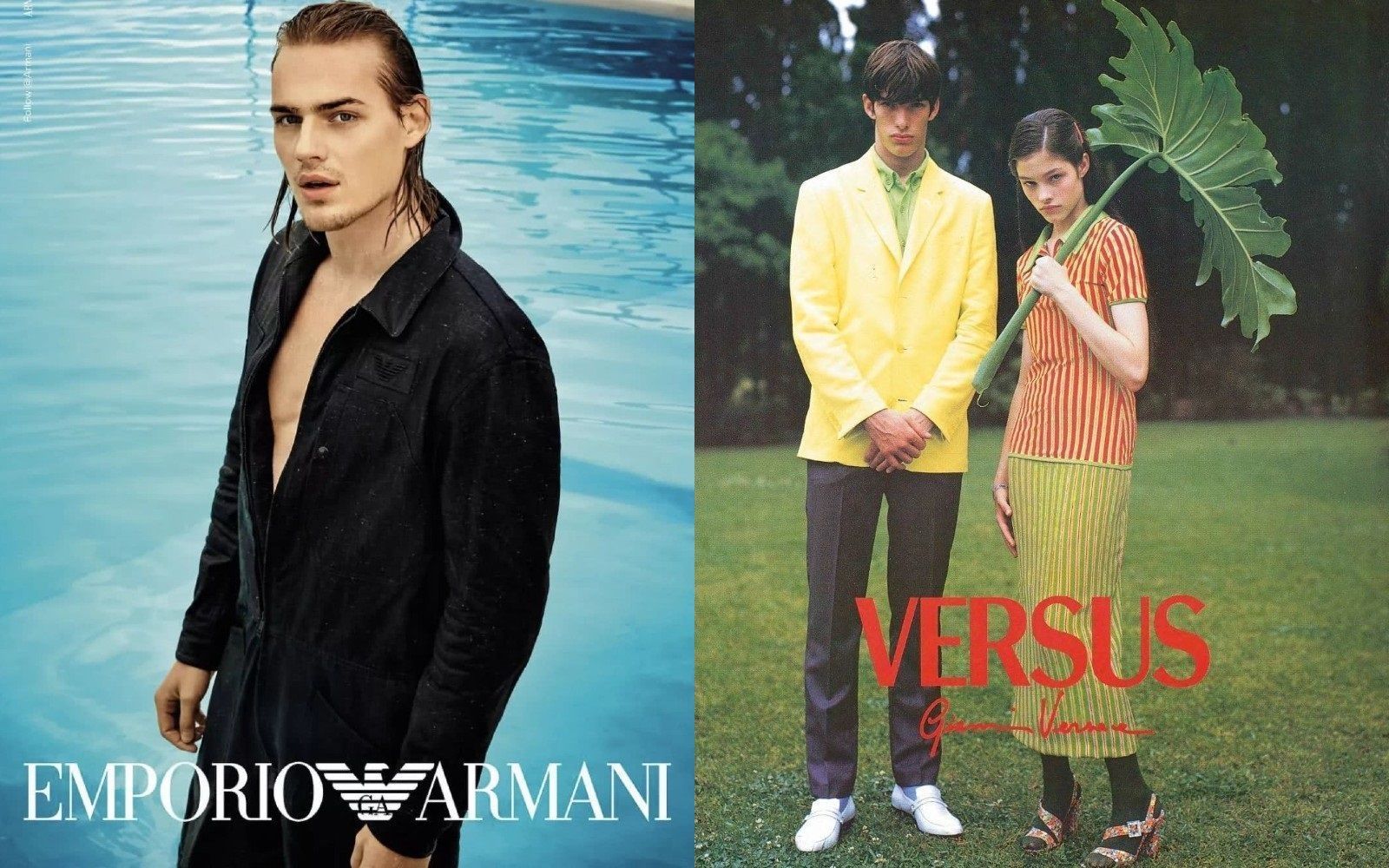
What works and what doesn't with fashion's diffusion lines Lines that expand the identity of a brand or dilute it?
There was a time when in the undergrowth of the fashion industry the so-called diffusion lines proliferated like ferns. The reason was simple: brands needed access to a wider audience and, in order not to contaminate the exclusivity of the main lines, created a series of sub-brands dedicated to alternative price ranges. Over time the phenomenon has evolved very varied, in a landscape rich in more or less successful experiments. On the one hand, the recent interruption of REDValentino, but also the decision to unify all Trussardi labels with the change of creative directors, which also took place with Versace three years ago, is an example of how, following the lockdown, many companies (including mega-conglomerates such as LVMH) have decided to reduce their operations to the bone; on the other hand, however, there is no shortage of functional diffusion lines: Emporio Armani is rapidly moving towards a new and higher positioning, becoming more or less like Miu Miu a label born as a "sister" to Prada but that was always indipendent; designers such as Rei Kawakubo and Yohji Yamamoto have created entire galaxies of alternative labels while lines such as MM6 Maison Margiela and Rick Owens DRKSHDW continue to be successful and stand on their own legs and Vetements is said to be planning a rebranding to tackle their post-Demna life that could result in the opening of a diffusion line.
When diffusion lines don't work
Fashion history is literally paved with deceased diffusion lines: D&G, closed in 2011; Marc by Marc Jacobs, interrupted in 2015; Burberry Prorsum, Brit and London closed in the same year; Versus reabsorbed by Versace Jeans in 2018; Raf by Raf Simons frozen in 2009. All these lines have been interrupted for different reasons. In all these cases, the diffusion lines presented several orders of problems: first these had begun to dilute the identity and exclusivity of the brand, becoming pale copies of the mainline that were not able to exist independently and populated many department stores; secondly, diffusion lines had different structures and teams from those of the main line and had come to constitute a ballast and therefore it became preferable to integrate all the operations under one label by expanding the price ranges; thirdly and finally, the boom in fast fashion, streetwear and so-called high street brands, which offered quality products, without "secondary" branding and at competitive prices made diffusion lines obsolete. In addition, the market became more advanced and presented better options for designers: the first and most important were the collaborations, absorbed by the contact of fashion with streetwear and that allowed designers to bring their name to wider audiences; the second was the rise of the secondary fashion market, with apps such as Grailed and Vestiaire Collective, which allowed lower purchasing power audiences to buy mainline products without the sub-label's "compromise."
The labels that worked
Many other diffusion lines and secondary lines have been successful, and this is because they have managed to avoid the pitfalls in which the competition has fallen. The most emblematic case, mentioned above, is that of DRKSHDW, a line that was born with the task of translating Rick Owens' most avant-garde garments into items suitable for every day, and which is not only designed by the same team and produced in the same factories as the mainline, but which also serves as a "repertoire" for the most famous items designed by Owens, such as sneakers, which are translated commercially, for example with more current and less explicitly luxurious materials.
Another virtuous example is that of Prada which has decided to place its Miu Miu and Prada Linea Rossa labels next to the mainline and not below it: if Miu Miu has always been a separate brand in its own right, with its place in the fashion show calendar and its boutiques; Prada Linea Rossa, on the other hand, had a revamp in 2018 that made it an extension of the mainline rather than a label subordinate to it. The same can be said for MM6 Maison Margiela, a line that has evolved within the ecosystem of the "mother" brand, as well as See by Chloé, while PLAY Comme des Garçons has managed to establish itself as a member of the CdG family dedicating itself almost exclusively to basics decorated with a simple and recognizable logo. In Italy, the most striking case of successful diffusion line we find in the universe of Giorgio Armani, who has consolidated Emporio Armani over the years leading him to have his own shows and who instead offers more commercial clothes through Armani Exchange.
Alternative identities
The two reasons for the survival of a diffusion line, therefore, can be sum-up considered or the perfect alignment with the identity of a mainline; or the ability to become an alternative identity of the brand – a type of identity, therefore, that does not represent a separate or diluted version. Lydia King, a Selfridges buyer, explained to Bussiness of Fashion the formula of diffusion lines success:
«Customers are aware if a diffusion brand doesn’t have integrity and the collection is just really a money earner on the side […]. To be a successful diffusion line and avoid confusion, all the boxes need to be ticked: design integrity, a separate product brief and a different pricing structure».
At the same time the scenery of contemporary fashion is very different from that of 2014, when Lydia King spoke. Thanks to the streetwear boom that took place around 2016, the fashion market has been filled with very varied labels, coming from all over the world, that play on the sense of exclusivity deriving from owning and appreciating products designed for a niche audience. In addition, the consolidation of heritage brands within industrial groups such as Kering and LVMH has led the major luxury brands to concentrate their production in a single mainline. It is no coincidence that among the brands that are part of the two French mega-groups only Alexander McQueen and Marc Jacobs have diffusion lines, respectively MCQ and The Marc Jacobs and Heaven, with different prices and products than the mainline ones; while Loewe has a collection parallel to the mainline dedicated to sustainability which, although formally separated, is an extension from the main collection. Everyone else, such as Gucci, Balenciaga, Saint Laurent, Celine, Louis Vuitton and so on, has chosen a model of unitary growth - and now Valentino is among them too.











































